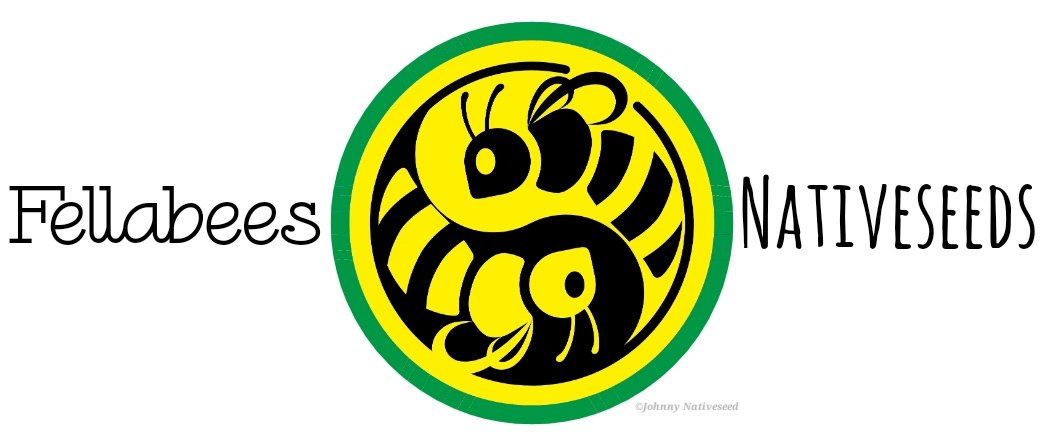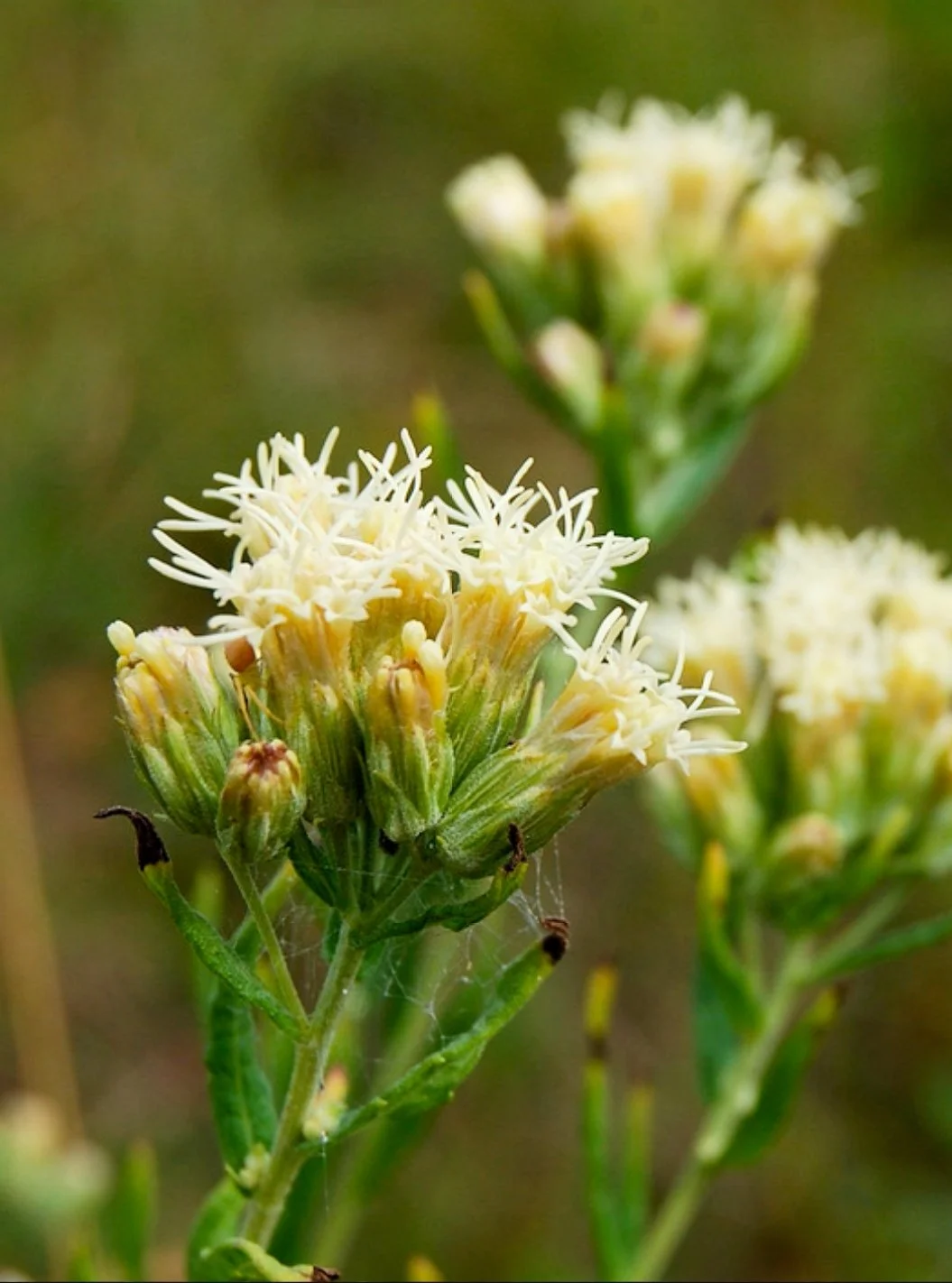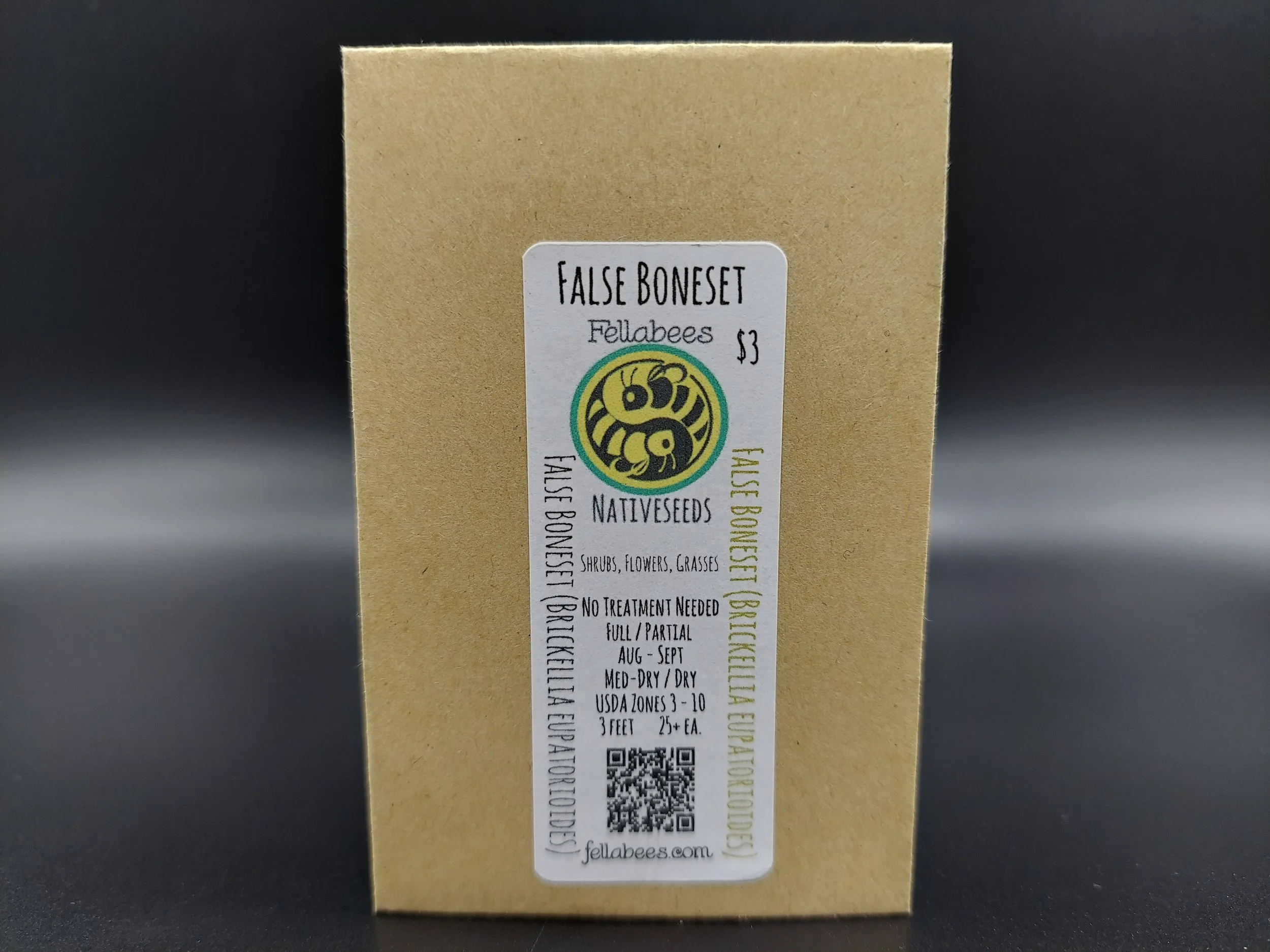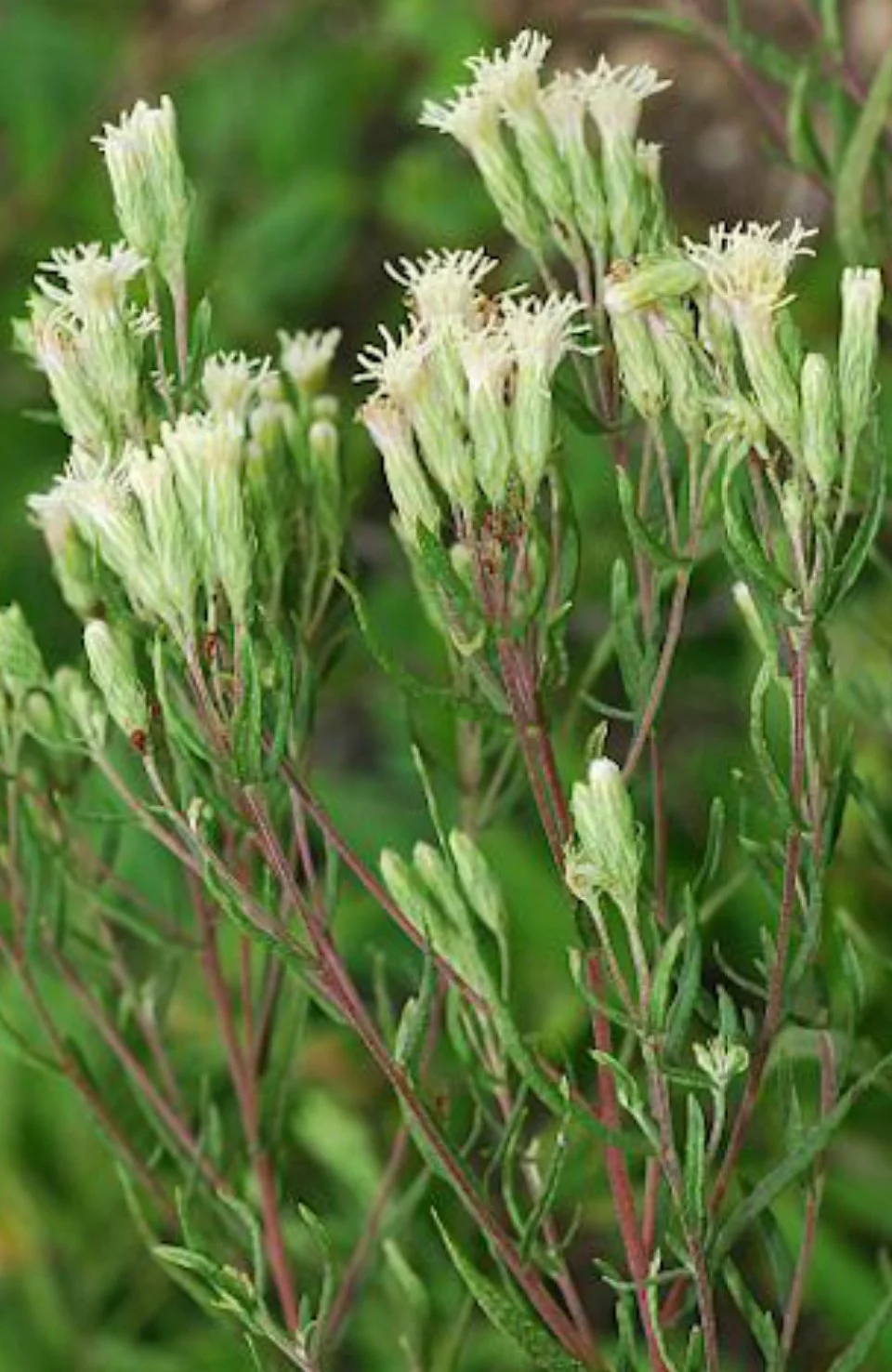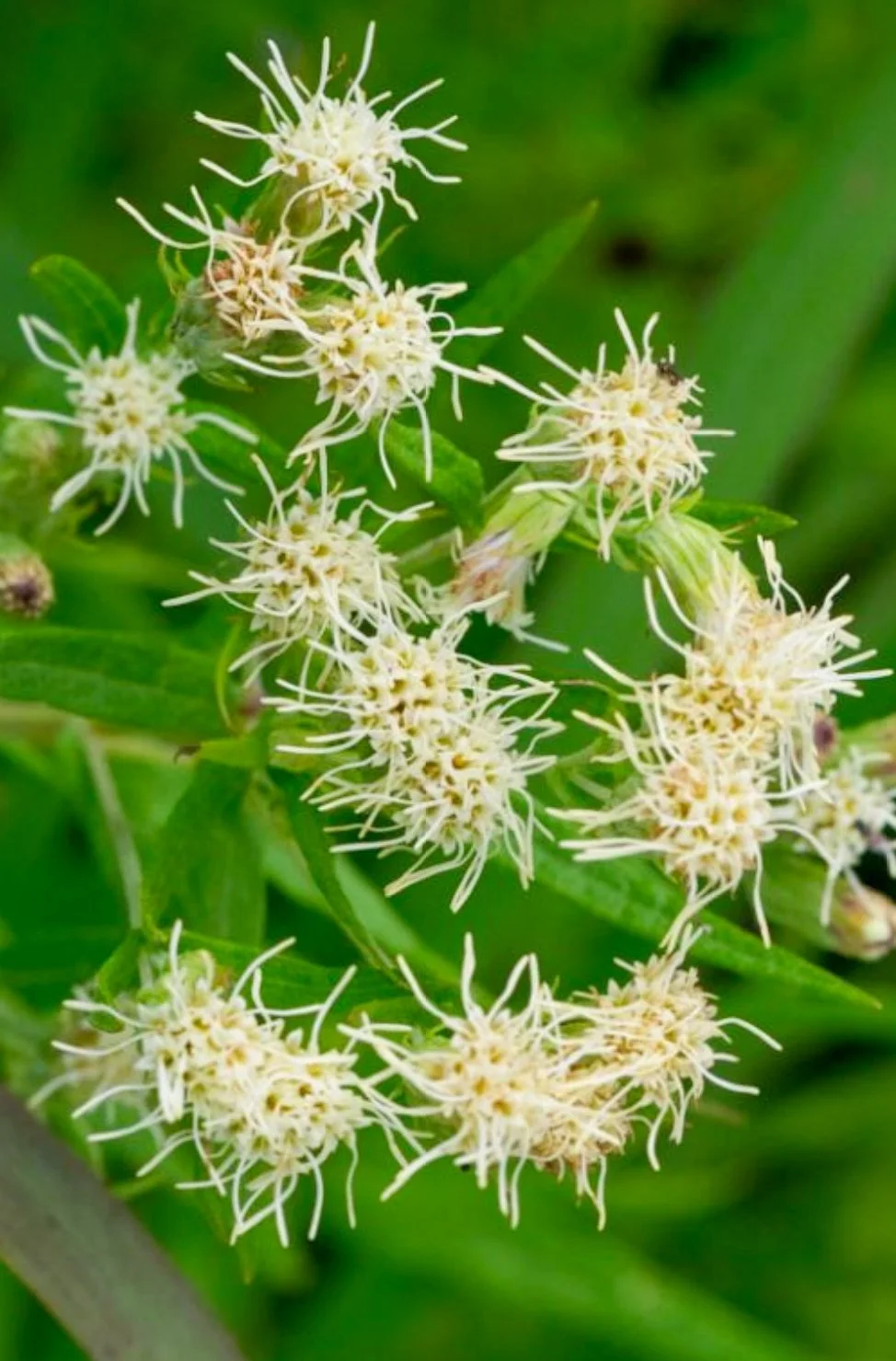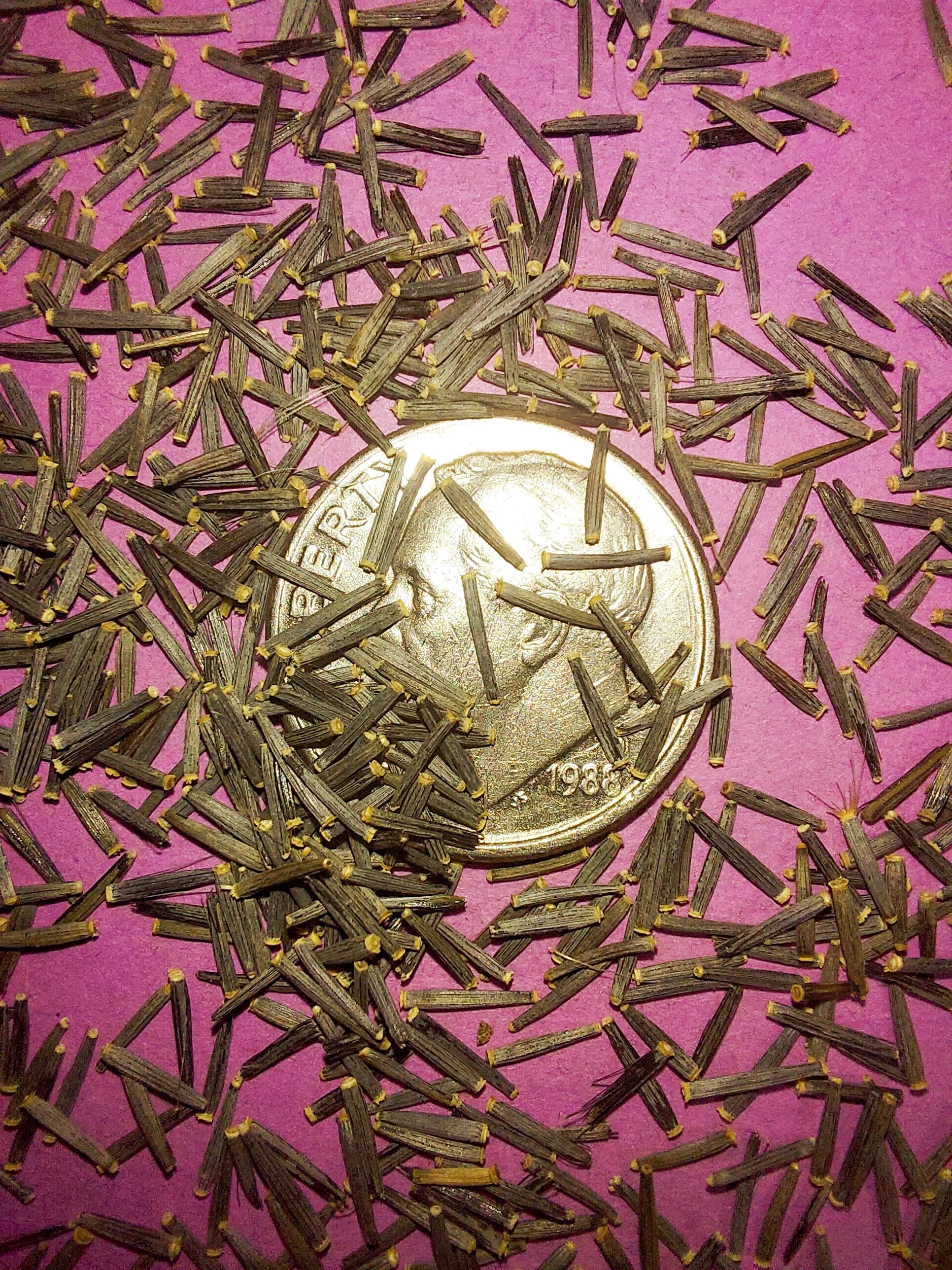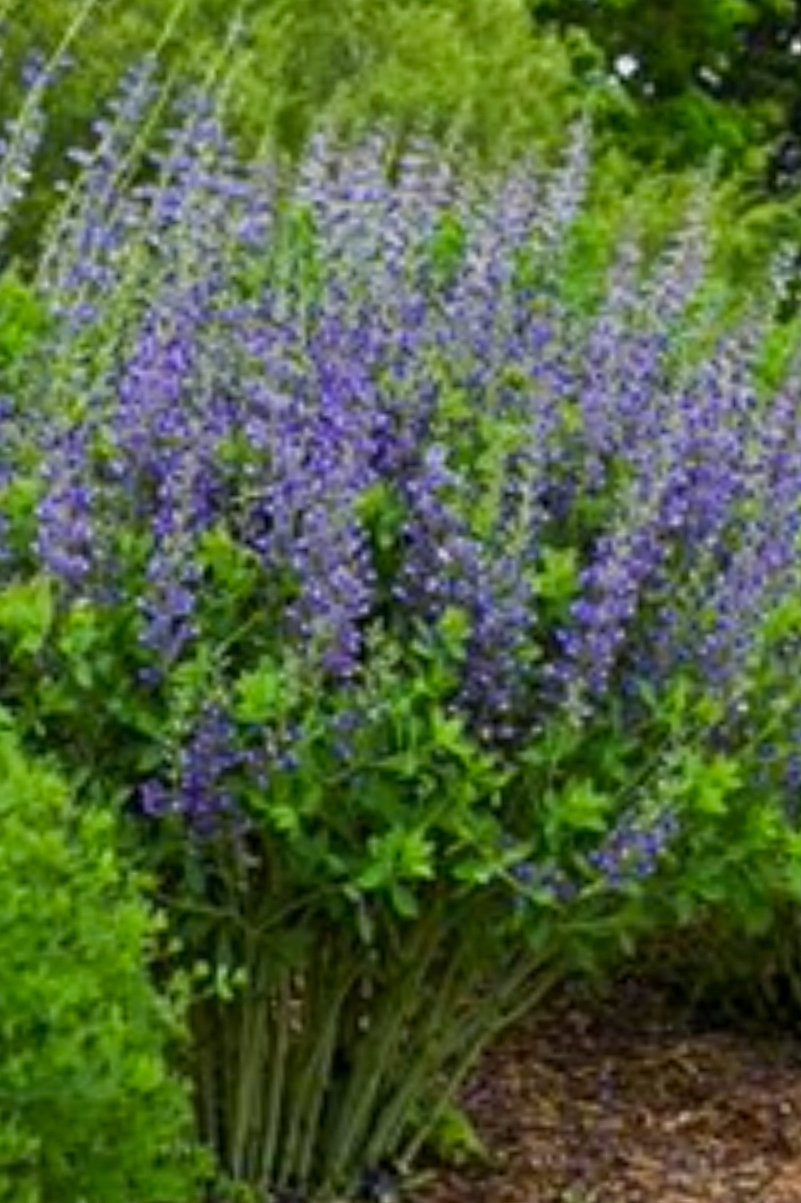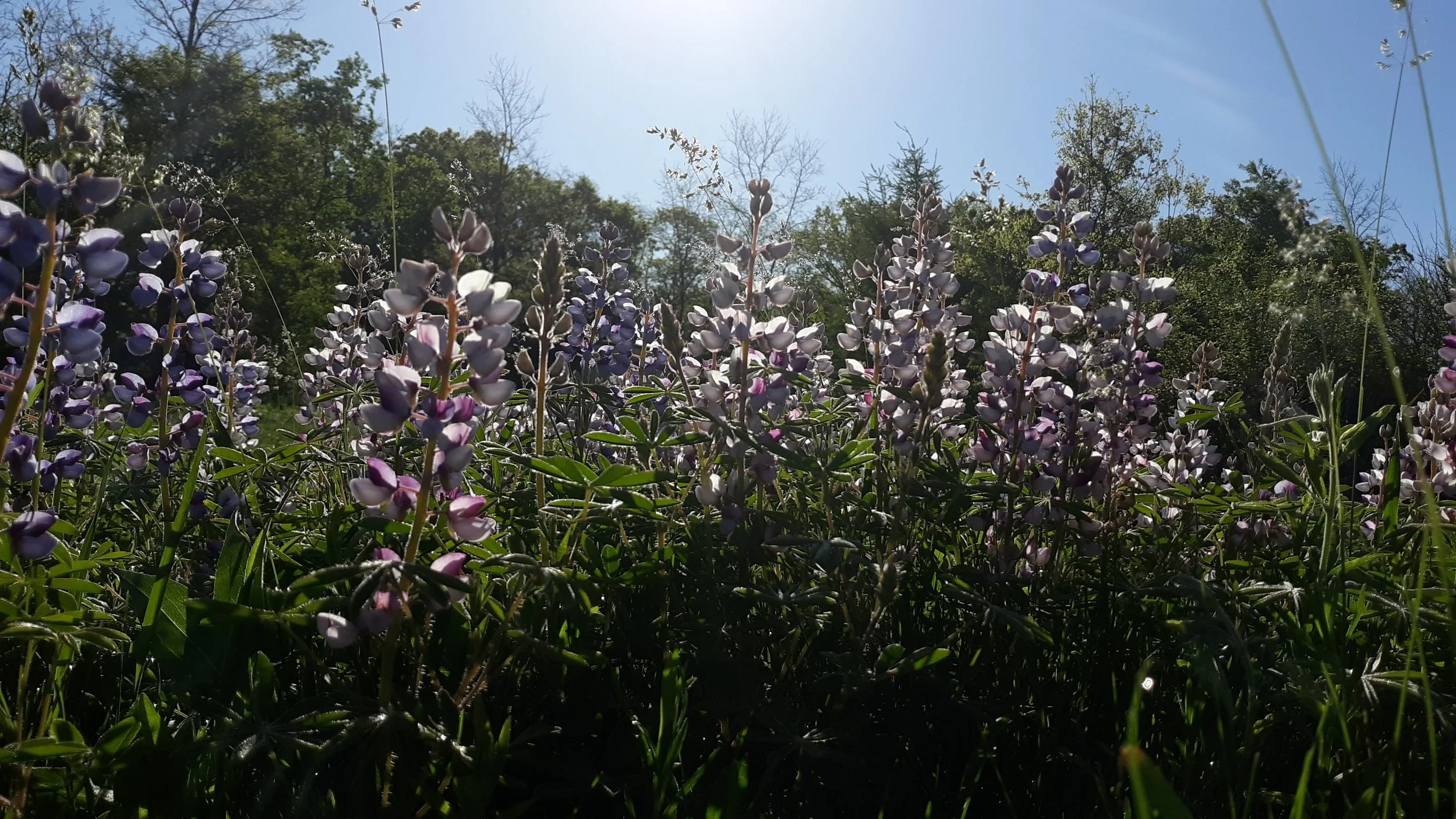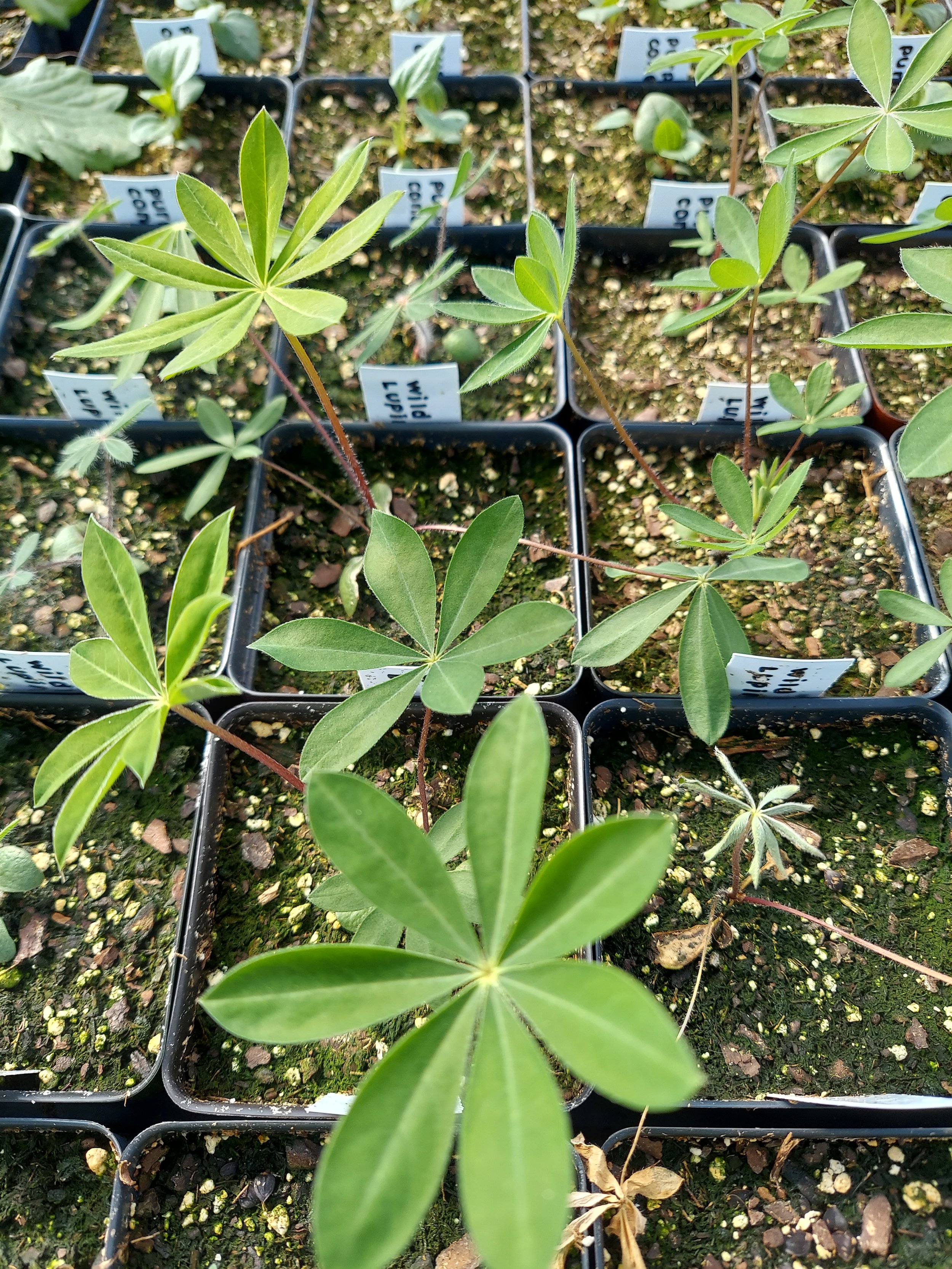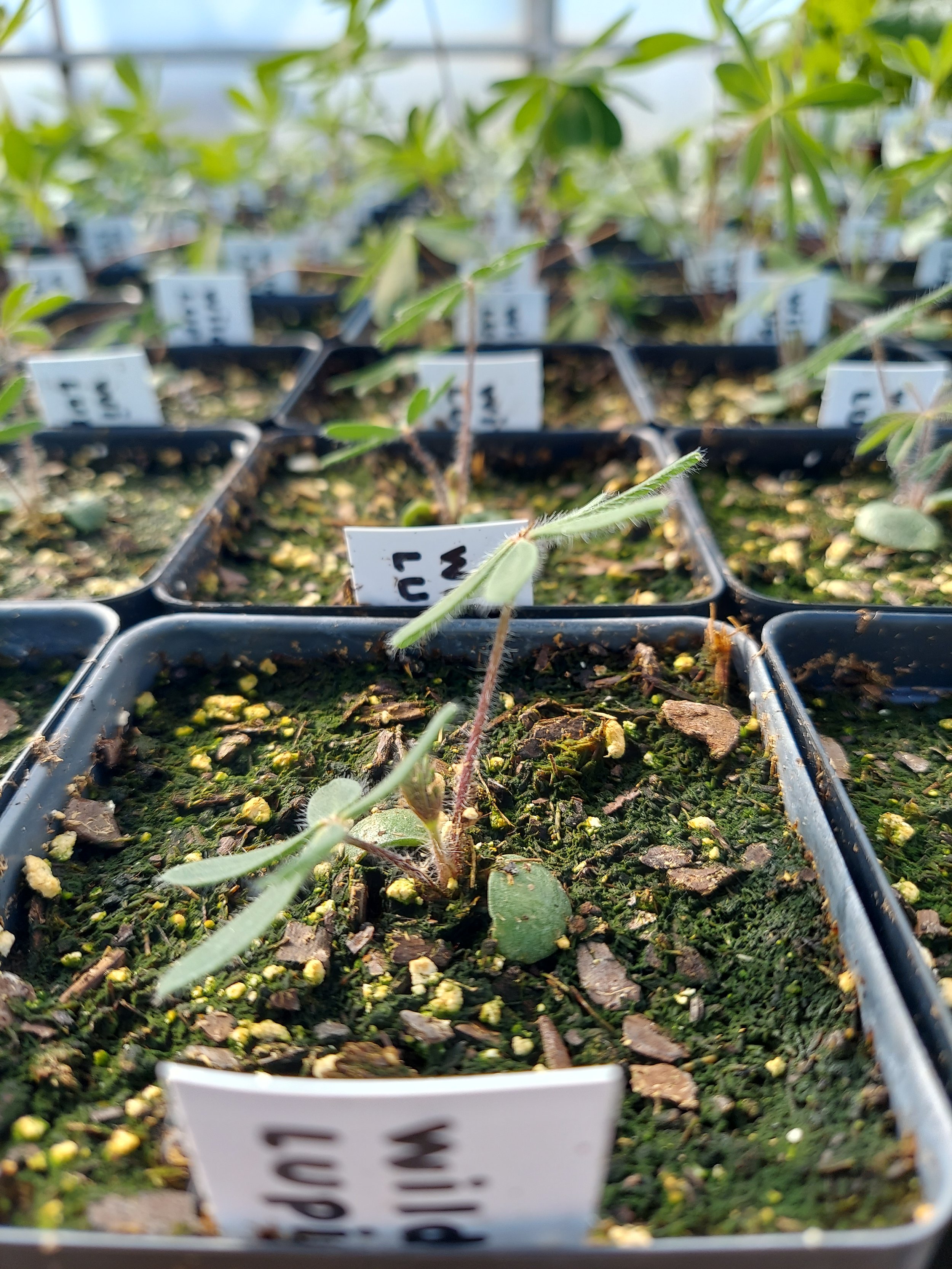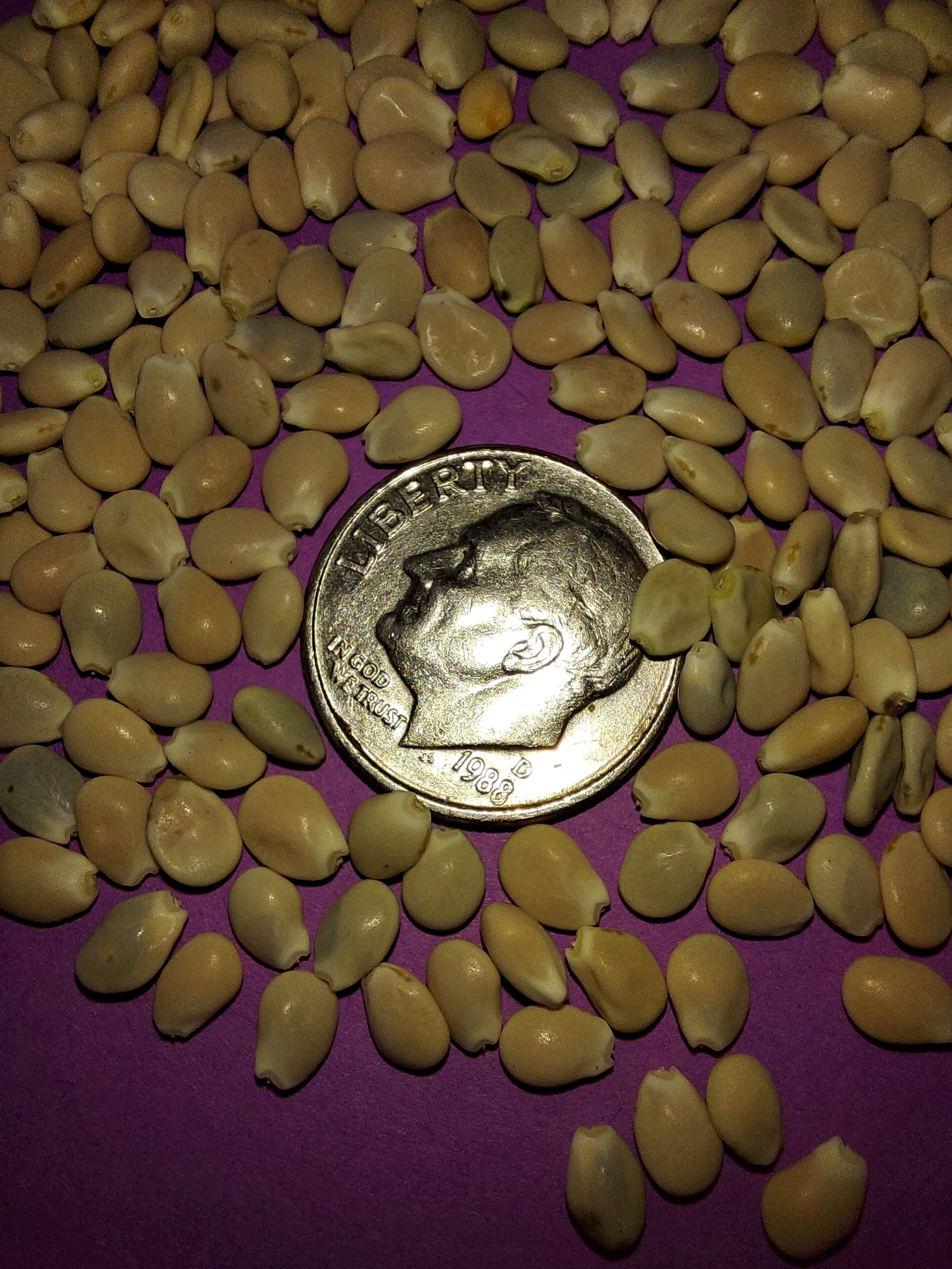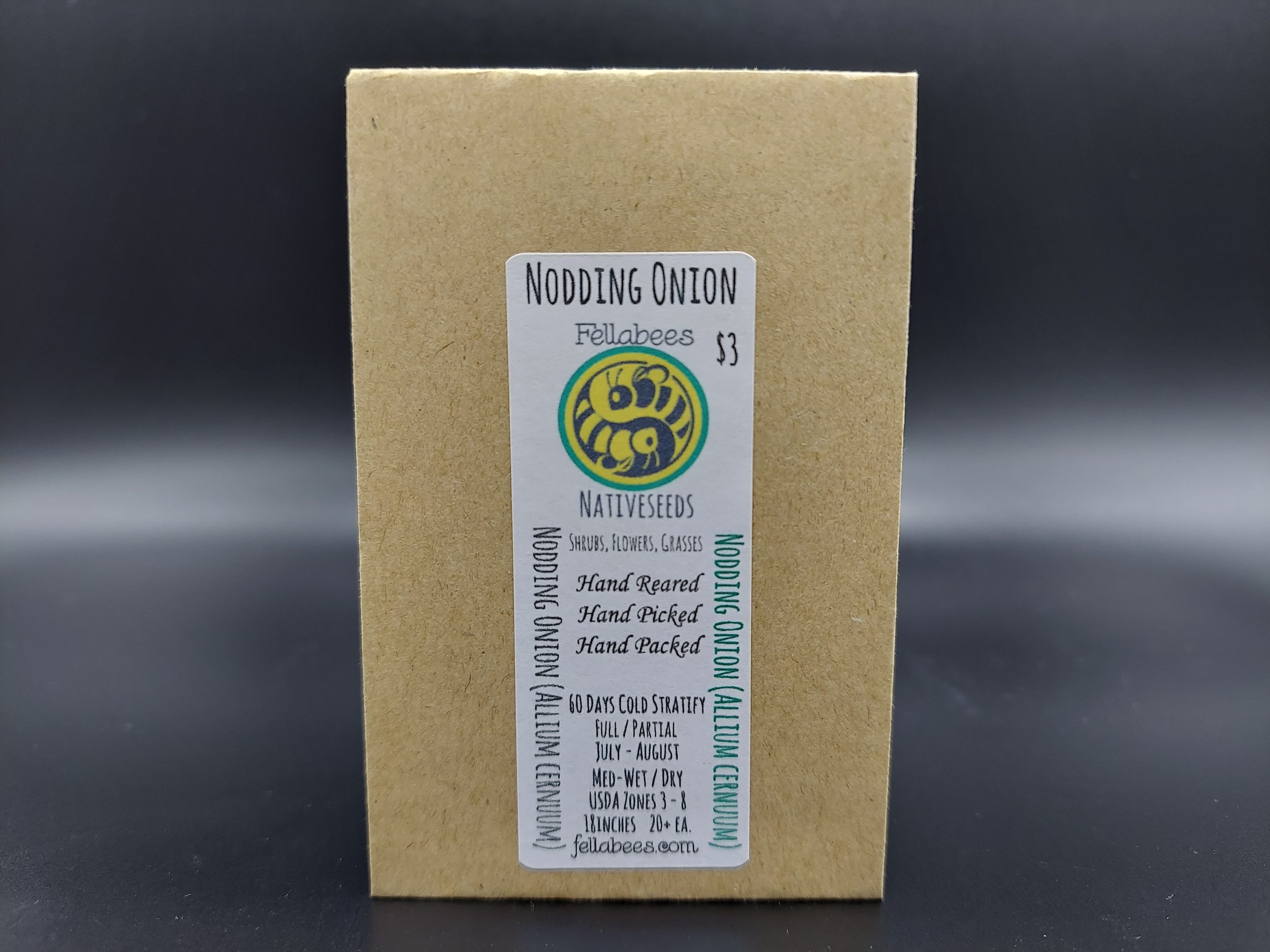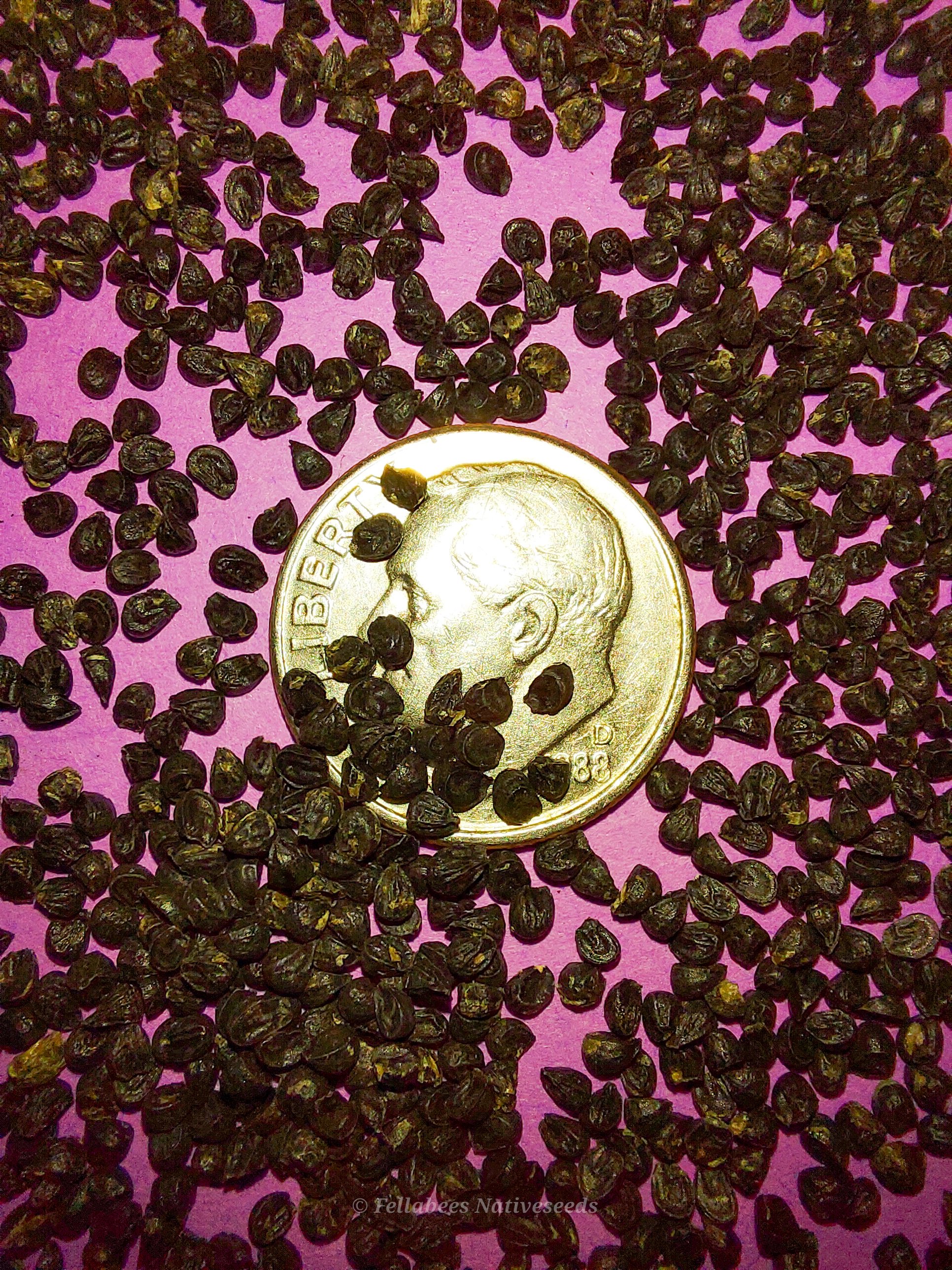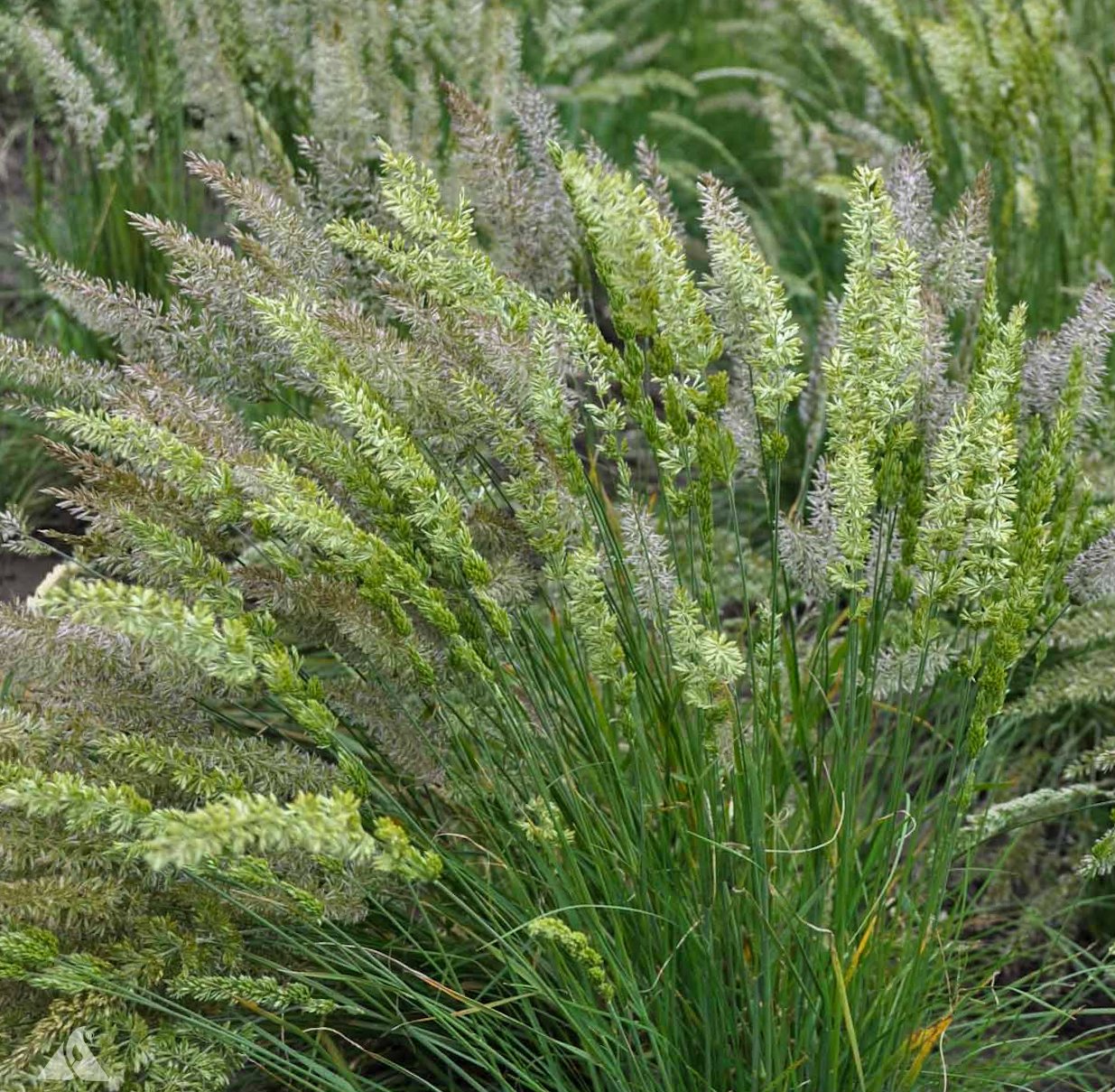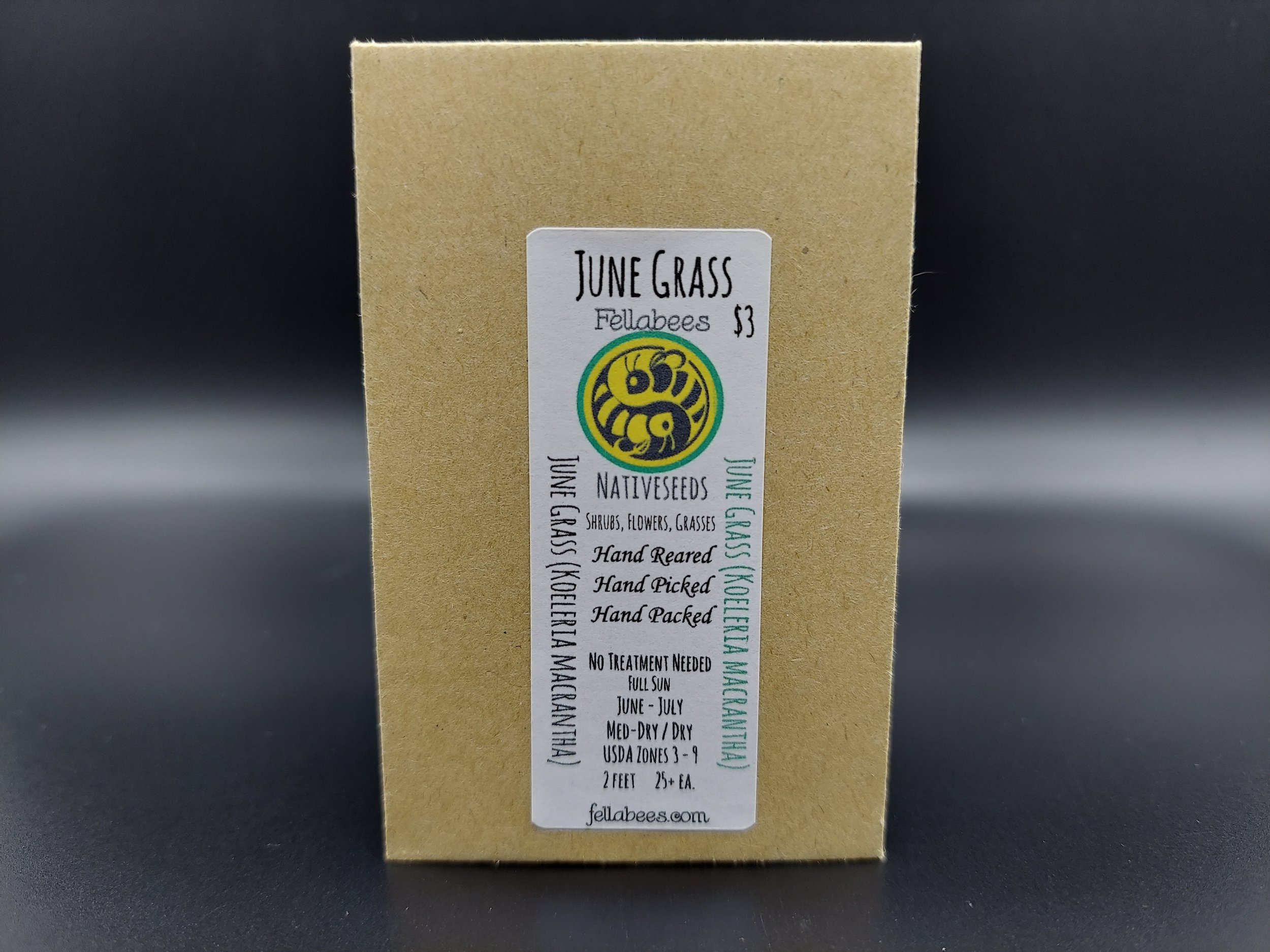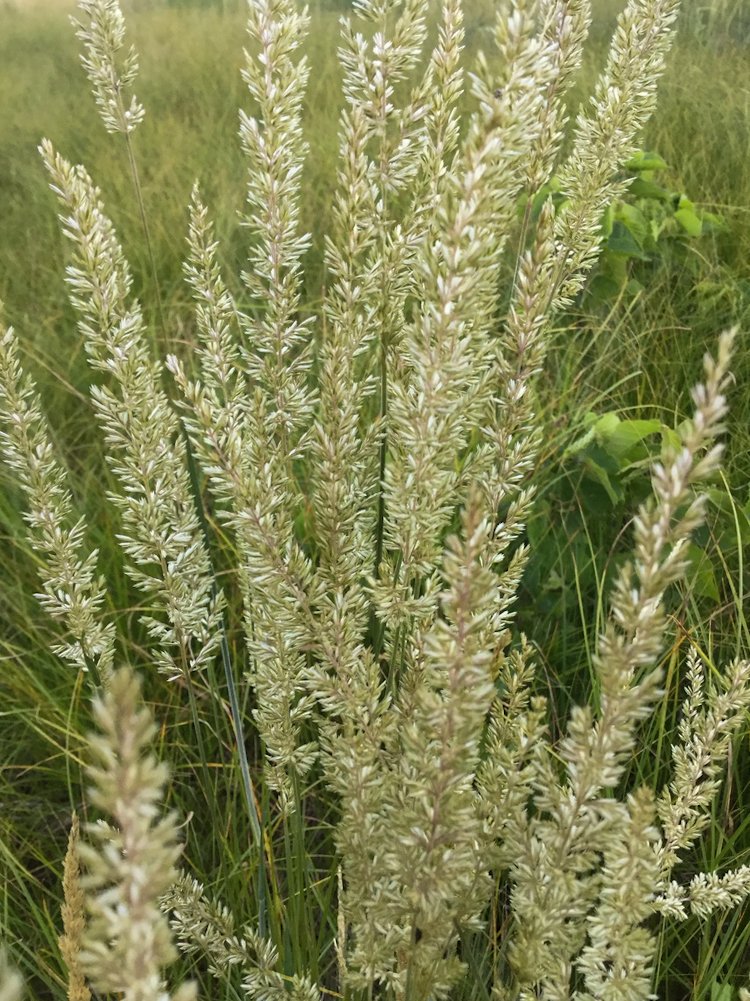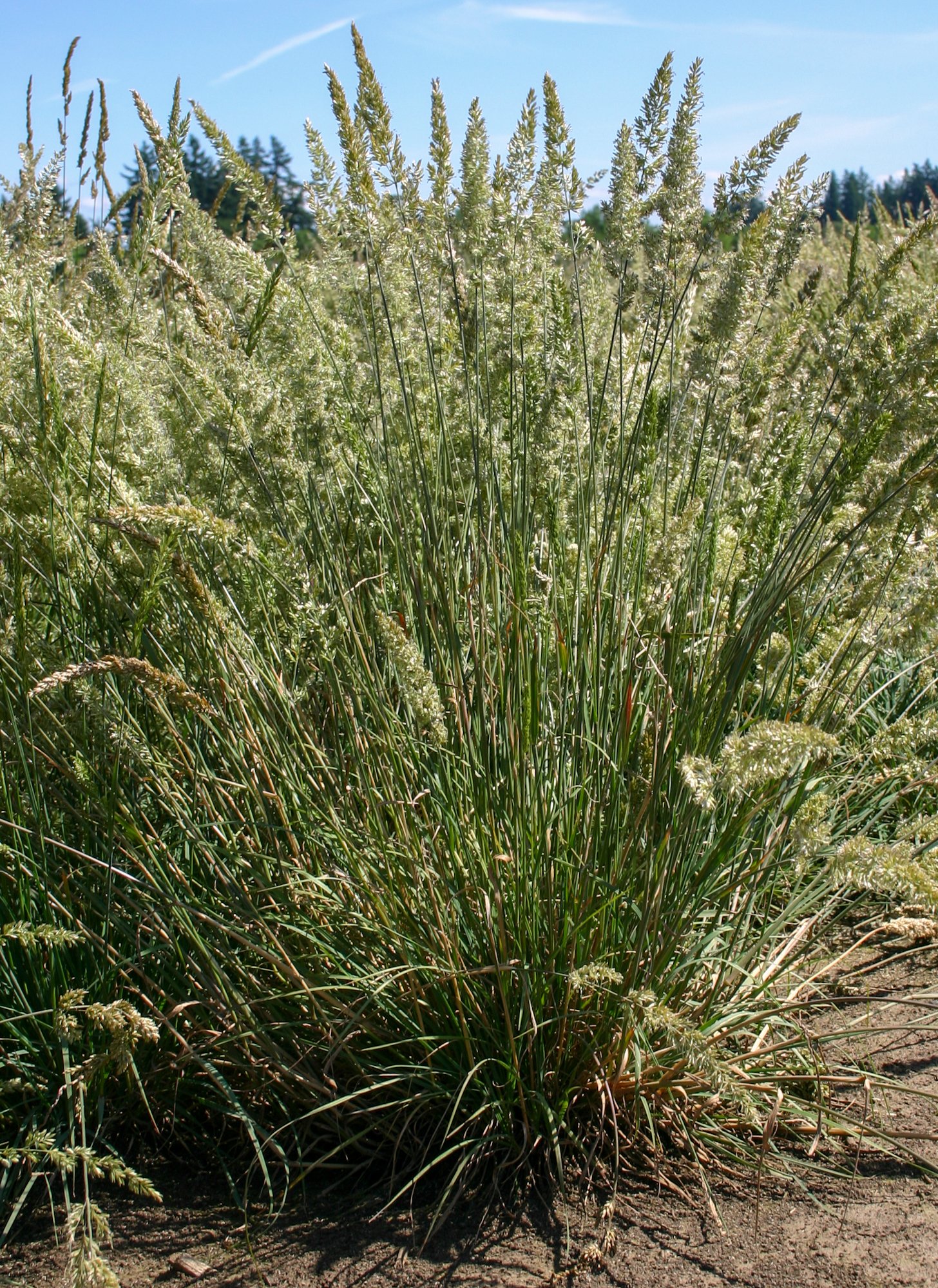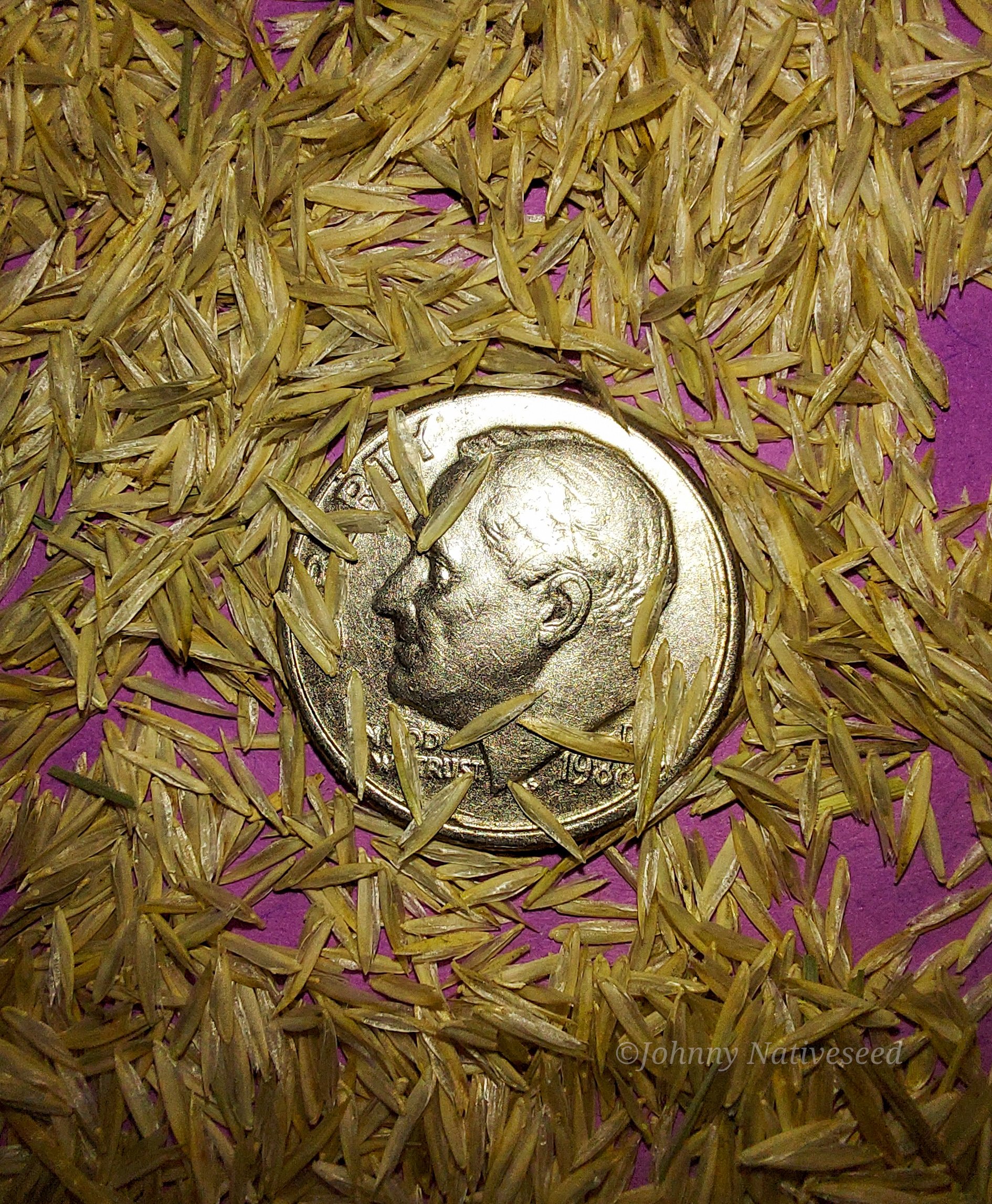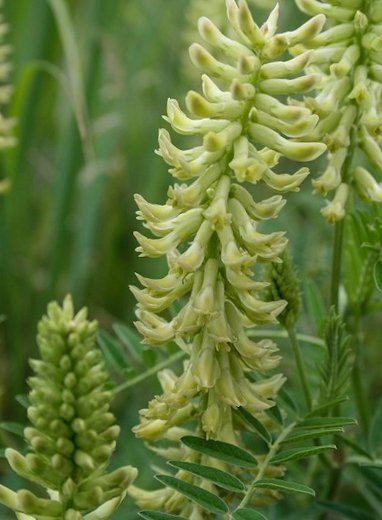 Image 1 of 5
Image 1 of 5

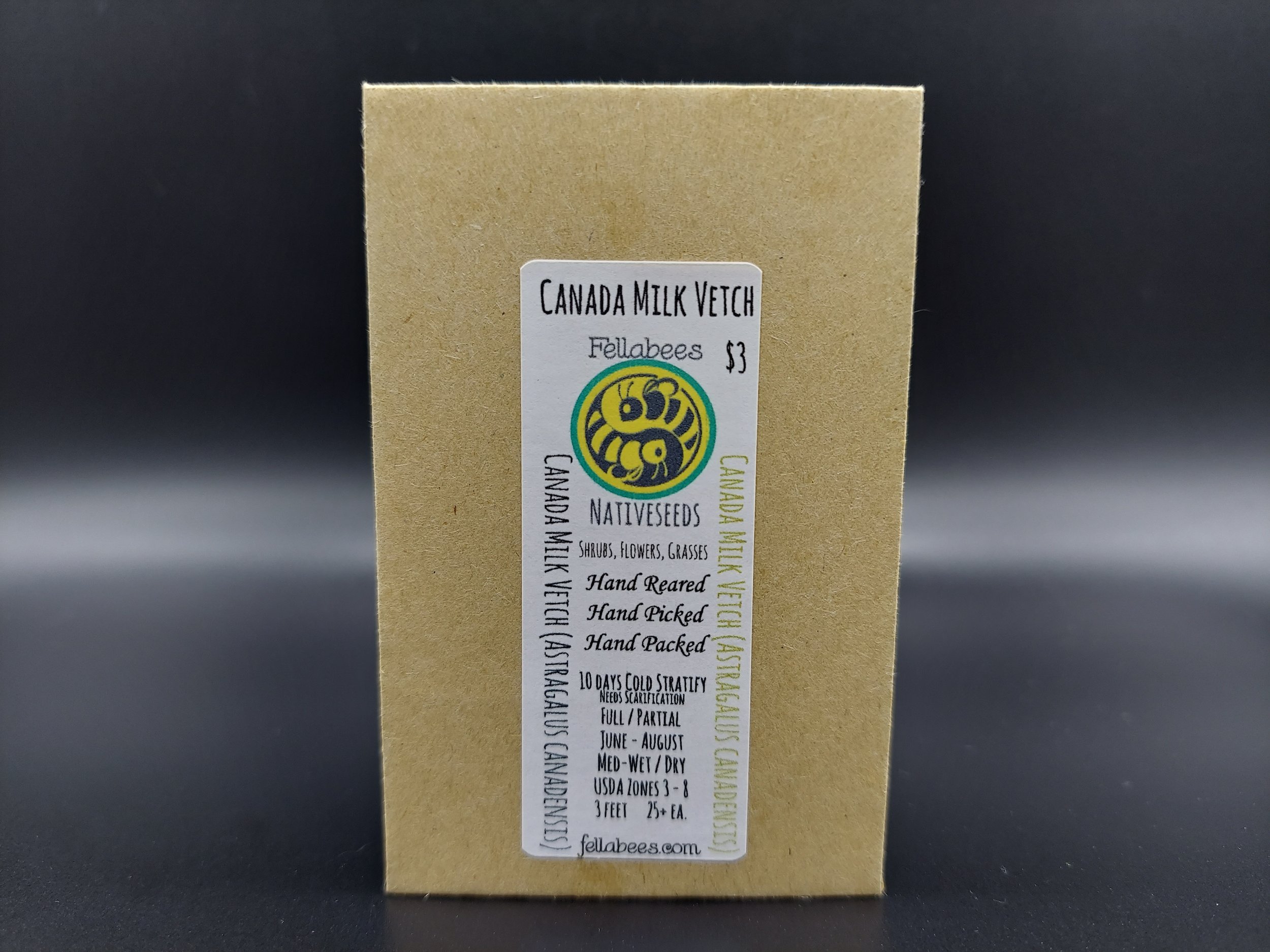 Image 2 of 5
Image 2 of 5

 Image 3 of 5
Image 3 of 5

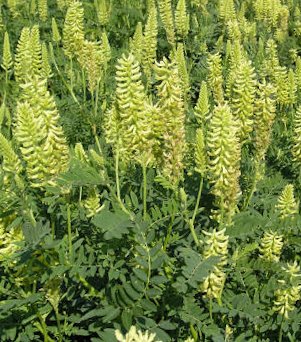 Image 4 of 5
Image 4 of 5

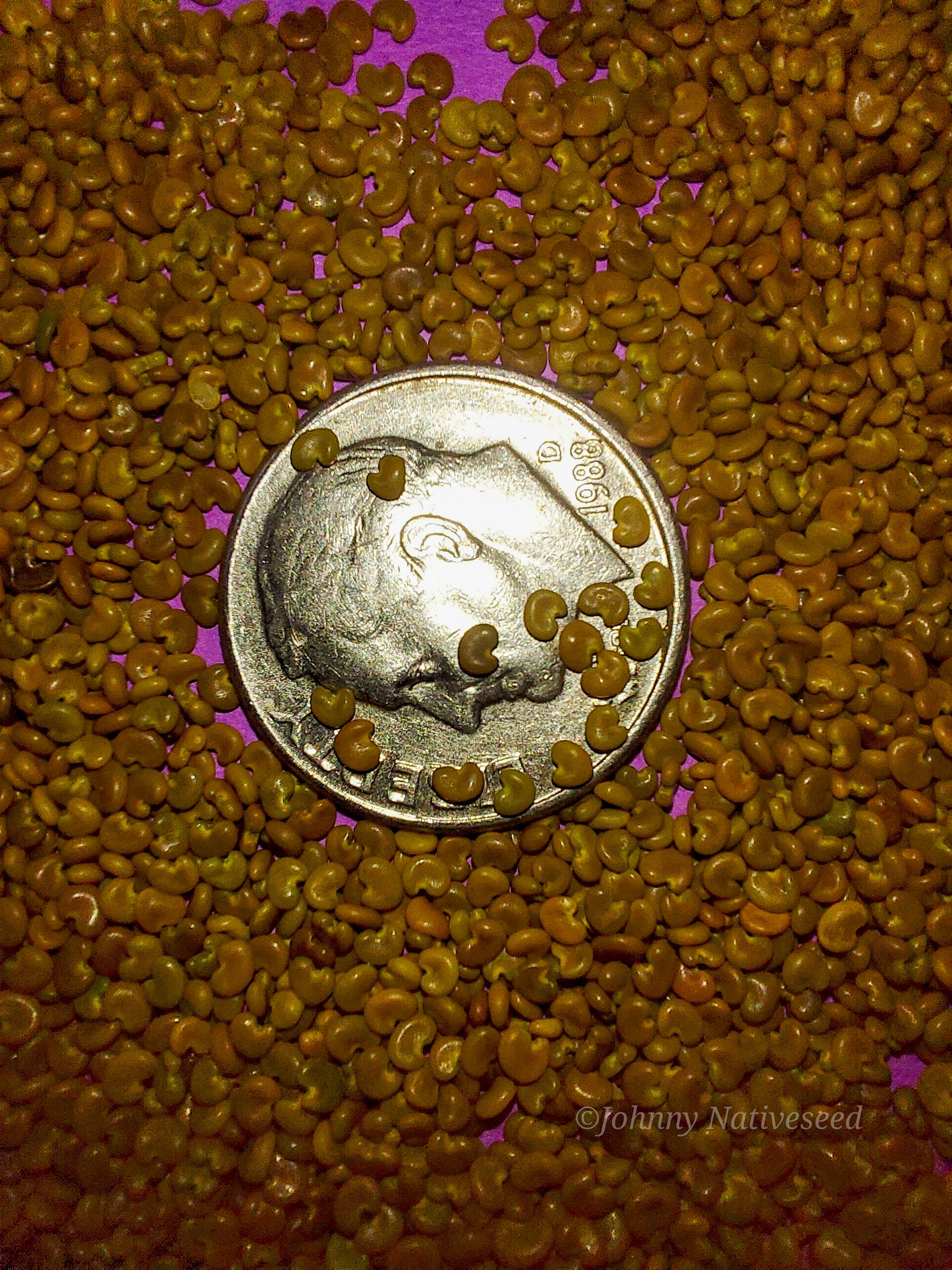 Image 5 of 5
Image 5 of 5






Canada Milk Vetch (Astragalus canadensis)
Canada Milk Vetch (Astragalus canadensis)
Canada Milk Vetch, scientificly named (Astragalus canadensis) is a fairly common and widespread member of the Milkvetch genus within the legume family. The plant can be found throughout much of Canada and the United States in widely diverse habitats including wetlands, woodlands, and prairies.
Canadian Milk Vetch sends out several thin, erect, green stems, bearing leaves that are made up of pairs of leaflets, each leaflet is up to 3 centimeters in length. It has inflorescences of tubular, greenish-white flowers which yield beanlike fruits within pods that will distinctly rattle when ripe.
Milk Vetch is a perennial herb, with strong tap roots. The alternate, pinnate leaves are elliptic, and the plant can grow up to 4 feet tall. The flowers bloom between the months of May, June, and July, and are a creamy greenish white in color.
It is used as a food source of Acanthoscelides aureolus, a tiny weevil. Bumblebees, sweat bees, mining bees and other native bees use the plant for nectar. Deer, rabbits, and groundhogs can eat the leaves, unlike other species in the Astragalus genus.
The Ultraviolet Sulfer Butterfly (Colias alexandra) is hosted by this Milkvetch.
Like other Astragalus species, Canada Milk Vetch is somewhat toxic, but it has been traditionally used medicinally by Indigenous American peoples such as the Blackfoot and Lakota people. The roots were eaten raw or boiled, and used in broth. The roots were usually gathered in spring and again in fall.
This plant is listed as rare in Michigan, Ohio, Pennsylvania, Vermont, Maryland, Mississippi, Alabama, and Georgia.
It is listed as extirpated (locally extinct) in Connecticut and New Jersey
Plant Details
USDA Zones: 3-8
Germination Needs: Seed needs scarification before, (Rub seeds between medium grit sandpaper to aerate the seed surface without crushing or opening the seed) 10 Days Cold Stratification, if done through artificial Stratification methods. If direct sown after hard frost, there is no need for any treatment. Simply spread where desired.
Life Cycle: Perennial
Sun Exposure: Full to Partial
Soil Moisture: Medium-Wet, Medium, Medium-Dry, Dry
Plant Spacing: 1½-2 feet
Height: 3 feet
Bloom time: June, July, August
Bloom Color: Cream
Advantages :
Pollinator Favorite: butterflies, moths, bees, wasps, beetles
Bird Favorite: seeds, insects, fruit, nectar, nesting, perchs.
Deer Resistant: No
Native to : Wisconsin, Minnesota, Iowa, Illinois, Michigan, Missouri, Kentucky, West Virginia, Virginia, Pennsylvania, Maryland, New Jersey, Connecticut, Vermont, North Carolina, South Carolina, Georgia, Alabama, Mississippi, Louisiana, Arkansas, Texas, Oklahoma, Kansas, Nebraska, South Dakota, North Dakota, Montana, Idaho, Wyoming, Colorado, New Mexico, Utah, Nevada, California, Oregon, and Washington.
.
.
Packet quantities:
We pride ourselves on ethical, hands on, ecological management, using no mechanical or chemical methods whatsoever.
All of our native seed is hand reared, hand picked, and hand packed from native prairies under our exclusive management, never breaking chain of custody from the field until it is sent to you. Each packet is hand prepared for shipment by us, directly.
Small seed species will contain greater than 20-25 seed
Large seed species will contain greater than 10-15 seed
It is our mission to spread the wealth of native plant and pollinator ecological sustainability, and educate back yard gardeners as well as corporate and government entities in how to germinate, grow, and benefit from native synergies.
Thank you for your support, it is because of you, that we can grow together to do, what we do.🐛🦋🐝🐞🌾🌱🌼🧡
Canada Milk Vetch (Astragalus canadensis)
Canada Milk Vetch, scientificly named (Astragalus canadensis) is a fairly common and widespread member of the Milkvetch genus within the legume family. The plant can be found throughout much of Canada and the United States in widely diverse habitats including wetlands, woodlands, and prairies.
Canadian Milk Vetch sends out several thin, erect, green stems, bearing leaves that are made up of pairs of leaflets, each leaflet is up to 3 centimeters in length. It has inflorescences of tubular, greenish-white flowers which yield beanlike fruits within pods that will distinctly rattle when ripe.
Milk Vetch is a perennial herb, with strong tap roots. The alternate, pinnate leaves are elliptic, and the plant can grow up to 4 feet tall. The flowers bloom between the months of May, June, and July, and are a creamy greenish white in color.
It is used as a food source of Acanthoscelides aureolus, a tiny weevil. Bumblebees, sweat bees, mining bees and other native bees use the plant for nectar. Deer, rabbits, and groundhogs can eat the leaves, unlike other species in the Astragalus genus.
The Ultraviolet Sulfer Butterfly (Colias alexandra) is hosted by this Milkvetch.
Like other Astragalus species, Canada Milk Vetch is somewhat toxic, but it has been traditionally used medicinally by Indigenous American peoples such as the Blackfoot and Lakota people. The roots were eaten raw or boiled, and used in broth. The roots were usually gathered in spring and again in fall.
This plant is listed as rare in Michigan, Ohio, Pennsylvania, Vermont, Maryland, Mississippi, Alabama, and Georgia.
It is listed as extirpated (locally extinct) in Connecticut and New Jersey
Plant Details
USDA Zones: 3-8
Germination Needs: Seed needs scarification before, (Rub seeds between medium grit sandpaper to aerate the seed surface without crushing or opening the seed) 10 Days Cold Stratification, if done through artificial Stratification methods. If direct sown after hard frost, there is no need for any treatment. Simply spread where desired.
Life Cycle: Perennial
Sun Exposure: Full to Partial
Soil Moisture: Medium-Wet, Medium, Medium-Dry, Dry
Plant Spacing: 1½-2 feet
Height: 3 feet
Bloom time: June, July, August
Bloom Color: Cream
Advantages :
Pollinator Favorite: butterflies, moths, bees, wasps, beetles
Bird Favorite: seeds, insects, fruit, nectar, nesting, perchs.
Deer Resistant: No
Native to : Wisconsin, Minnesota, Iowa, Illinois, Michigan, Missouri, Kentucky, West Virginia, Virginia, Pennsylvania, Maryland, New Jersey, Connecticut, Vermont, North Carolina, South Carolina, Georgia, Alabama, Mississippi, Louisiana, Arkansas, Texas, Oklahoma, Kansas, Nebraska, South Dakota, North Dakota, Montana, Idaho, Wyoming, Colorado, New Mexico, Utah, Nevada, California, Oregon, and Washington.
.
.
Packet quantities:
We pride ourselves on ethical, hands on, ecological management, using no mechanical or chemical methods whatsoever.
All of our native seed is hand reared, hand picked, and hand packed from native prairies under our exclusive management, never breaking chain of custody from the field until it is sent to you. Each packet is hand prepared for shipment by us, directly.
Small seed species will contain greater than 20-25 seed
Large seed species will contain greater than 10-15 seed
It is our mission to spread the wealth of native plant and pollinator ecological sustainability, and educate back yard gardeners as well as corporate and government entities in how to germinate, grow, and benefit from native synergies.
Thank you for your support, it is because of you, that we can grow together to do, what we do.🐛🦋🐝🐞🌾🌱🌼🧡
